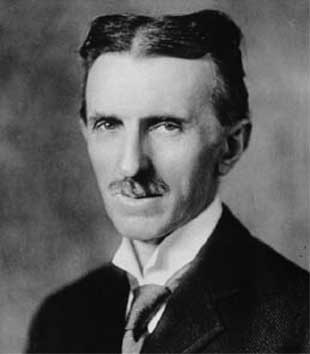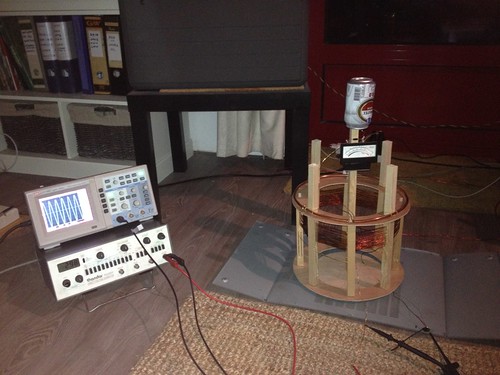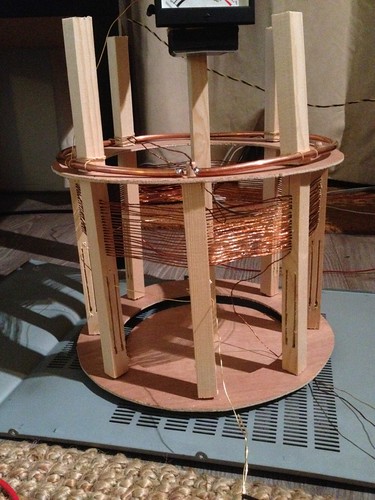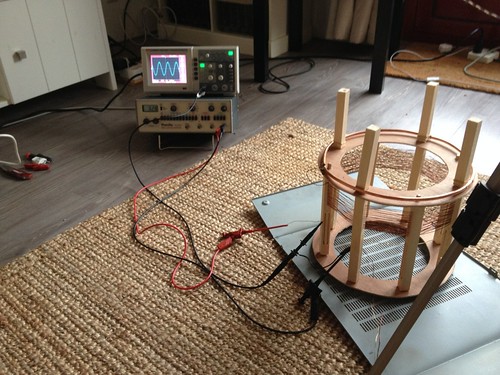Four Quadrant Representation of Electricity BOOK by Eric Dollard

FOUR QUADRANT REPRESENTATION OF ELECTRICITY
THIS IS THE NEW BOOK THAT GOES WITH THE VIDEO

FOUR QUADRANT REPRESENTATION OF ELECTRICITY
THIS IS THE NEW BOOK THAT GOES WITH THE VIDEO
We are very excited to finally be able to launch Eric Dollard's * MONUMENTAL * book, which is what his presentation at the recent conference was based on. Many of you already saw the video presentation or attended the conference.
Finally, here is the book version, which countless people have been screaming for since the conference.
Four Quadrant Representation of Electricity is a 324 PAGE book and is THE definitive book on the mathematics that describe AC electrical power. If you ever wanted to see the world through the eyes of Nikola Tesla when he created his rotating magnetic field technology, this is the only book in existence that can actually do that!
By getting your hands on a copy of this book, you are supporting Eric Dollard and his non-profit foundation EPD Laboratories.
Get your copy here: FOUR QUADRANT REPRESENTATION OF ELECTRICITY
Sincerely,
A & P Electronic Media
USING THE LINK ABOVE TO PURCHASE A COPY WILL EARN ERIC DOLLARD & EPD LABORATORIES 70% OF EVERY SALE.
Finally, here is the book version, which countless people have been screaming for since the conference.
Four Quadrant Representation of Electricity is a 324 PAGE book and is THE definitive book on the mathematics that describe AC electrical power. If you ever wanted to see the world through the eyes of Nikola Tesla when he created his rotating magnetic field technology, this is the only book in existence that can actually do that!
By getting your hands on a copy of this book, you are supporting Eric Dollard and his non-profit foundation EPD Laboratories.
Get your copy here: FOUR QUADRANT REPRESENTATION OF ELECTRICITY
Sincerely,
A & P Electronic Media
USING THE LINK ABOVE TO PURCHASE A COPY WILL EARN ERIC DOLLARD & EPD LABORATORIES 70% OF EVERY SALE.













Comment